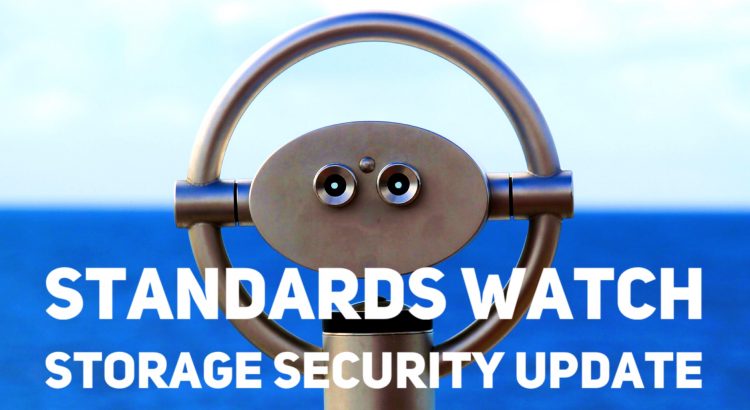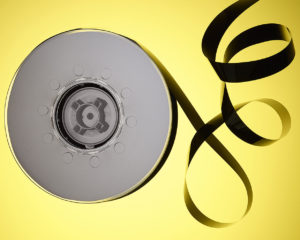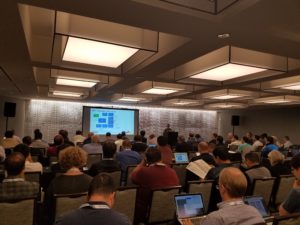The world of storage security standards continues to evolve. In fact, it can be hard to keep up with all that’s happening. Here’s a quick recap of SNIA’s involvement and impact on some notable storage security work – past, present and future.
The Storage Security ISO/IEC 27040 standard provides security techniques and detailed technical guidance on how organizations can define an appropriate level of risk mitigation by employing a well-proven and consistent approach to the planning, design, documentation, and implementation of data storage security. SNIA has been a key industry advocate of this standard by providing many of the concepts and best practices dating back to 2006. Recently, the SNIA Storage Security Technical Work Group (TWG) authored a series of white papers that explored a range of topics covered by the ISO/IEC 27040 standard.
Read More

 If you’re a storage equipment or management software vendor that uses SNIA’s Storage Management Initiative Specification (SMI-S) as the storage management interface for your solution, you’re not alone.
First introduced in 2004, SMI-S has been used in over 1,350 storage products by some of the largest vendors in the industry. It defines a secure and reliable interface that can be used to discover, monitor, and control the physical and logical devices in enterprise storage area networks. Unlike proprietary management interfaces, SMI-S is a standard interface that allows management applications to reliably support a wider range of storage equipment from multiple vendors.
If you’re a storage equipment or management software vendor that uses SNIA’s Storage Management Initiative Specification (SMI-S) as the storage management interface for your solution, you’re not alone.
First introduced in 2004, SMI-S has been used in over 1,350 storage products by some of the largest vendors in the industry. It defines a secure and reliable interface that can be used to discover, monitor, and control the physical and logical devices in enterprise storage area networks. Unlike proprietary management interfaces, SMI-S is a standard interface that allows management applications to reliably support a wider range of storage equipment from multiple vendors.


 The SNIA Linear Tape File System (LTFS) Technical Work Group (TWG) is excited to announce that the new version of
The SNIA Linear Tape File System (LTFS) Technical Work Group (TWG) is excited to announce that the new version of 
 The
The  focused on
focused on